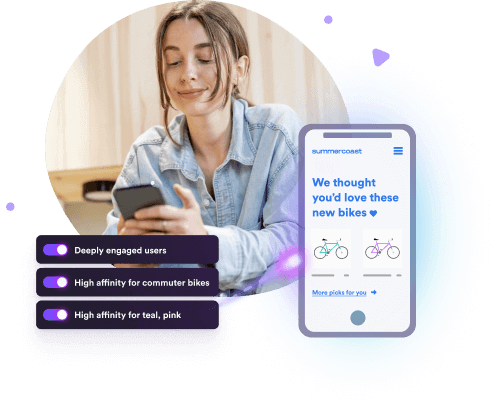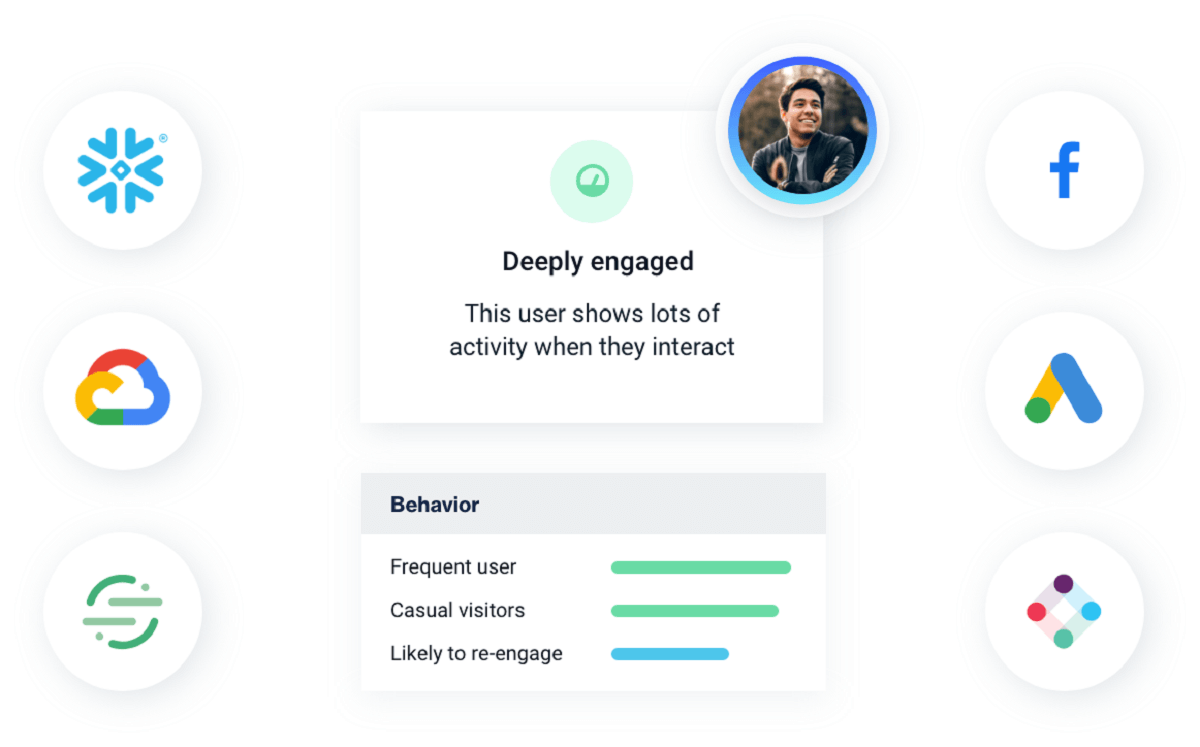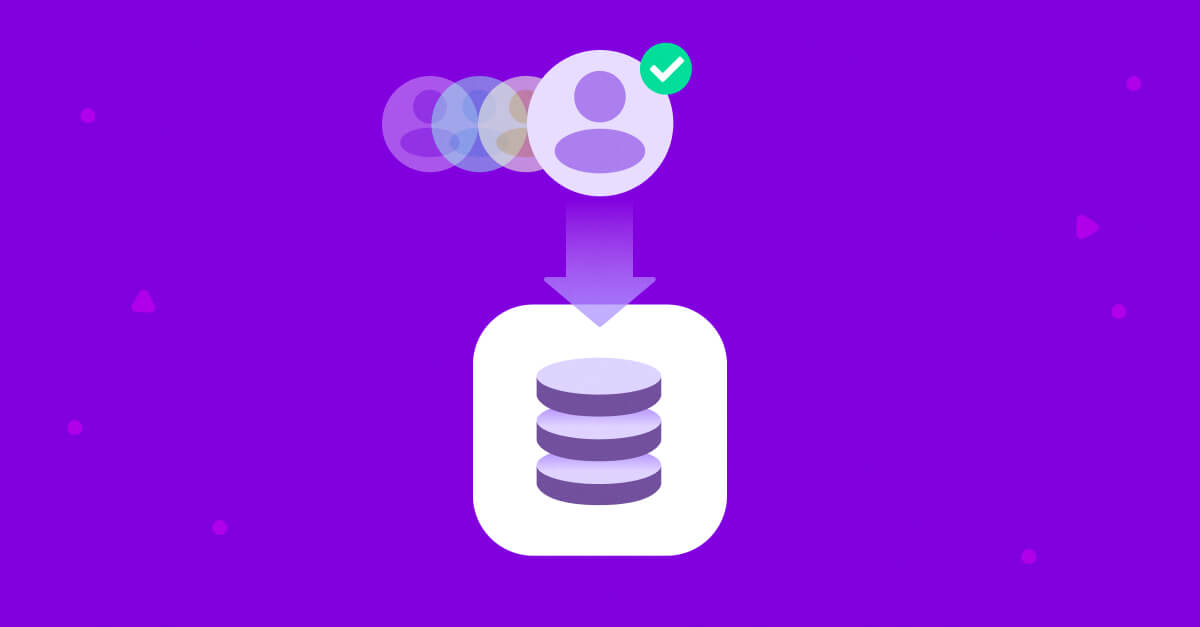Retail data collection: How to collect and use customer data
November 10, 2022

Eighty percent of customers today are more likely to buy from a retail store that offers a personalized experience. This is where data collection can come in particularly handy.
By understanding your target audience, you can segment them and run different marketing campaigns for each segment, personalizing the customer experience. This means more loyalty, better customer relationships, and improved retention rates. Here’s everything you need to know about retail data collection, in one brief overview.
Why should I collect customer data?
Why should I collect data analytics in the retail industry? In short, it offers the following benefits:
- Personalize the customer experience
- Easily identify areas for improvement
- Turn one-time buyers into repeat consumers
1. Personalize the customer experience
The most significant reason why more physical and online retail stores are starting to collect and use customer data is that it personalizes the customer experience.

If you have a database containing customer pain points, behaviors, buying history, and needs, you can tailor ad campaigns to appeal to this information.
2. Easily identify areas for improvement
Data analytics in the retail industry measures your store’s performance. You can find areas where customers naturally gravitate to and can put all your high markup products in these aisles. If there are aisles with little foot traffic, try using analytics to store products with a smaller profit margin.
3. Turn one-time buyers into repeat consumers
The probability of selling to an existing consumer is around 70%, while new customers are significantly harder to sell to, only buying your product 5–20% of the time.

But if you’re personalizing the customer experience, you stand out from the competition, increasing the likelihood of repeat customers.
First things first. What data should you collect from customers?
Need help figuring out what types of customer data is most useful? Consider collecting:
- Personal data
- Demographic data
- Behavioral data
1. Personal data
Personal data is the most basic form of data, containing information like your customer’s name, phone number, login details, email address, and credit card details. Although personal data won’t customize the customer experience on its own, it’s necessary when contacting and communicating with your audience.
2. Demographic data
Demographic data refers to population-based factors like age, income, race, gender, and education. This is helpful when running marketing campaigns because even though it isn’t as specific as behavioral data, it allows you to tailor recommendations.
Let’s say you own an e-commerce store and sell men’s and women’s clothing. To avoid recommending women’s clothing to men and vice versa, you use demographic data to segment your audience, creating more personalized experiences.
3. Behavioral data
But if you truly want to personalize your marketing and stand out in the eyes of customers, behavioral data is your best friend. This data type captures the user journey, like average order value, cart abandonment rates, product usage, and customer lifetime value. It’s also as much as 20x more predictive than demographic data, according to Lytics own findings.
So although personal and demographic data is valuable, behavioral data is the backbone of personalized marketing.
How to collect and use customer data effectively
If you’re wondering, “How do retailers use customer traction data to reach their business goals?” don’t worry. Here are four ways you can manage and use data to make marketing decisions immediately:
- Encourage customers to fill in surveys
- Run an email newsletter
- Utilize retail tracking
- Implement free web analytics tools
1. Encourage customers to fill in surveys
The easiest way to collect data is to encourage customers to fill in surveys. This method doesn’t require a big audience, making it practical for small retailers.
All you have to do is get store visitors to complete your survey to receive discounts or win prizes. From there, you can ask questions and learn more about your audience.
2. Run an email newsletter
When visitors land on your website, you could also ask for their email address in exchange for something valuable like a discount or free ebook.
You gather invaluable data like email addresses, phone numbers, and full names by running an email newsletter and can use it when promoting discounts or selling new products.
3. Utilize retail tracking
If you’re managing a physical store, consider retail tracking. Retail tracking is when you use software to track customers’ movement within your store, which can help measure product placement and point-of-sale data.
4. Use a customer data platform
All of this retail store data is only helpful if you have a customer data platform to store, clean, and organize it.

Many retail stores are collecting terabytes of data, but they’re manually managing it, which is inefficient. Fortunately, Lytics offers an affordable platform that streamlines the entire online retail data analysis and transformation process, so you can focus on making decisions with this data.
Retail data collection is simple with Lytics
Retail data collection is a must for physical and online retail stores because you’re learning more about your audience, helping you optimize marketing campaigns and the layout of your store.
But if you’re looking to clean, organize, and store this retail data so you can make good business decisions, consider Lytics. The customer data platform creates an omnichannel customer experience, positively impacting every aspect of your business. To try it now, sign up for a free Lytics trial today.



